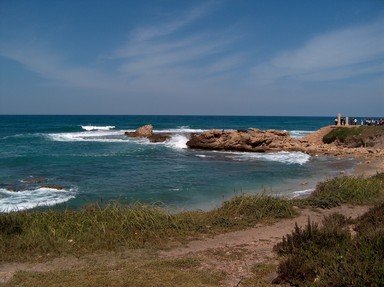Quiz Answer Key and Fun Facts
1. Where Jesus walked on water
2. The largest freshwater reservoir in the Middle East
3. An important stop for millions of migratory birds
4. Has coral reefs
5. Where four countries can be seen in one glance.
6. Where Moses parted the waters to let the Israelites through
7. Was a biblical site of sin and destruction
8. Highest salinity
9. Lowest point of land on Earth
10. Has Israel's deepest port
11. Where Israel built multiple desalination plants
12. Is atop natural gas fields
13. Is in the north of Israel
14. Is in the east of Israel
15. Is in the south of Israel
16. Is in the west of Israel
Source: Author
LeoDaVinci
This quiz was reviewed by FunTrivia editor
agony before going online.
Any errors found in FunTrivia content are routinely corrected through our feedback system.
